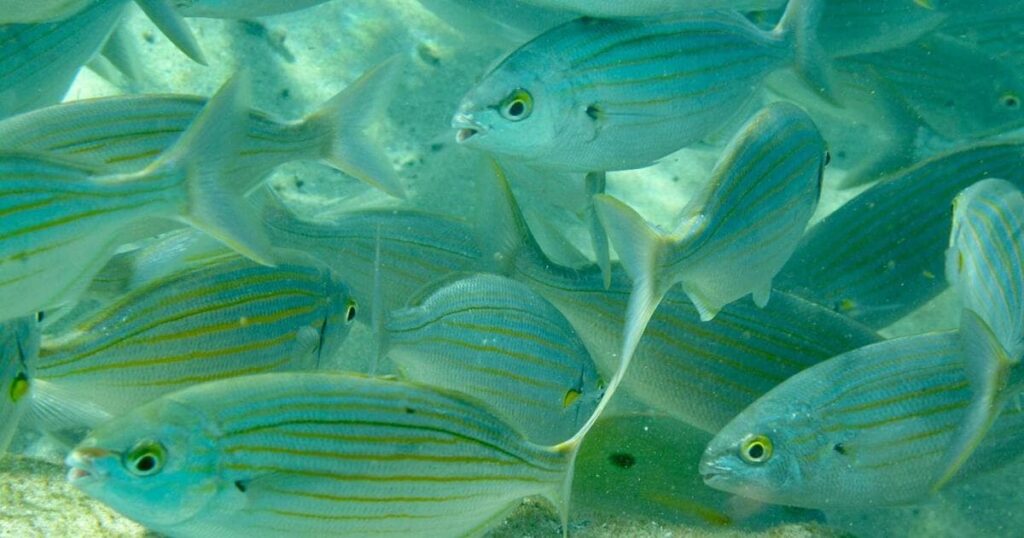On the remote Barsa-Kelmes Island in the Aral Sea, strange and unexplainable phenomena have baffled locals and scientists for centuries. Shrouded in dense fog, this place hides mysteries so profound that even the Soviet Union’s military efforts—using tanks, planes, and helicopters—failed to unravel them.
The “Island of No Return”
The name Barsa-Kelmes comes from the Kazakh language, meaning “the island of no return.”
At its peak (around 1980), the island spanned 133 km², making it one of the most intriguing yet feared places in Central Asia. Legends suggest that once you enter, you may never come back.

Ancient Legends
Stories date back to the 13th century, when villagers fled the island to escape Mongol invasions.
When they returned, they found the island changed—as if decades had passed overnight. Disturbed, they left again, and since then Barsa-Kelmes has remained abandoned.
Locals came to call it a “gateway to another dimension.”
Unexplainable Phenomena
Explorers and fishermen have reported bizarre occurrences:
- Giant bird-like creatures circling the skies
- Sea serpents and long-necked monsters lurking in the waters
- Mysterious fog that swallows entire expeditions
Even modern instruments fail on the island: watches stop, compasses spin wildly, and time itself seems to run slower or faster.
The 1959 Incident
In 1959, a harsh winter struck Barsa-Kelmes. Local Kazakhs, seeking to preserve fish supplies, entered the island despite warnings.
They never returned. Search efforts failed, and their fate remains unknown.
Soviet Attempts to Decipher the Mystery
The Soviet Union launched an official investigation.
- Helicopter Mission: When a helicopter flew into the fog, its instruments malfunctioned. The last radio message described elliptical objects in the mist. Then, silence. The aircraft vanished.
- Tank Expedition: A tank with steel cables was sent into the fog. Communication was lost. When reeled back, the crew was gone, the interior frozen solid, and the machine covered in ice.
Samples taken to Moscow revealed nothing abnormal, deepening the mystery.
Theories: UFO Base or Alien Technology?
Unable to explain the phenomena, rumors spread:
- The fog was said to be a protective shield for a hidden base.
- The strange field could neutralize electronics and repel intruders.
- Russian UFO researcher Vadim Chernobrov believed the island might hide an extraterrestrial outpost.
The “Bermuda Triangle” of Central Asia
From the mid-20th century, Barsa-Kelmes earned the nickname “Central Asia’s Bermuda Triangle.”
Reports of:
- UFO sightings
- Mysterious plane crashes
- Time distortions and magnetic anomalies
…turned the island into a hotspot for conspiracy theories. Soviet magazines like Tekhnika Molodyozhi published sensational accounts, fueling public fascination.
Barsa-Kelmes Today
With the shrinking of the Aral Sea, Barsa-Kelmes is no longer a true island. Today it is a dry desert inhabited only by scorpions, spiders, and snakes.
Yet locals still call it an island, and the legends remain alive.

